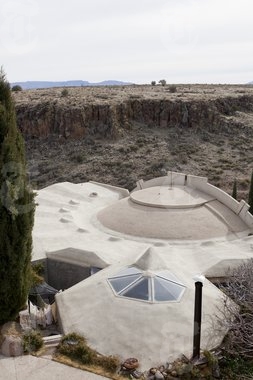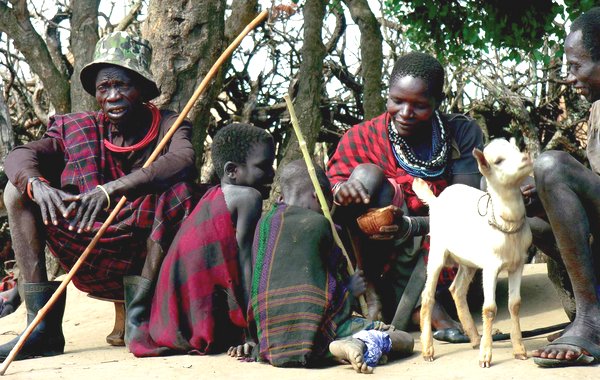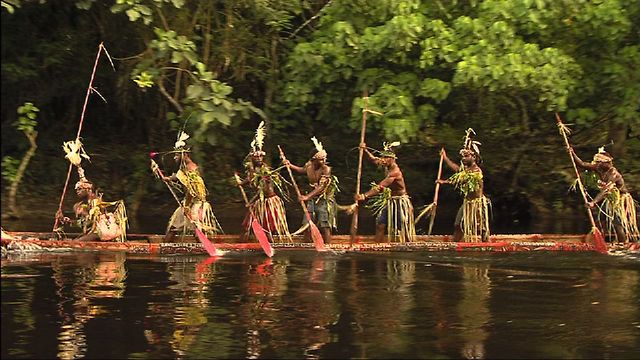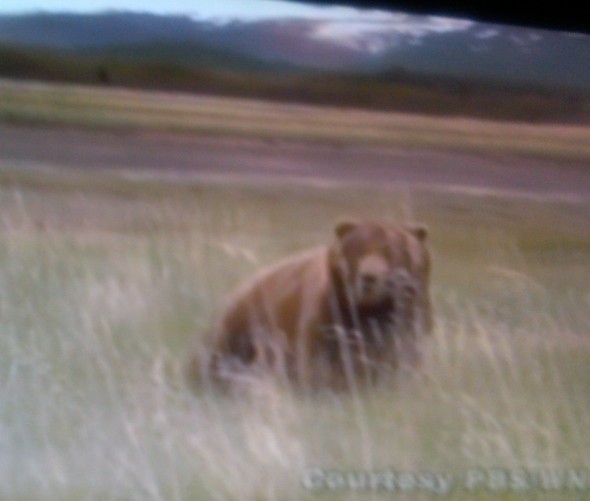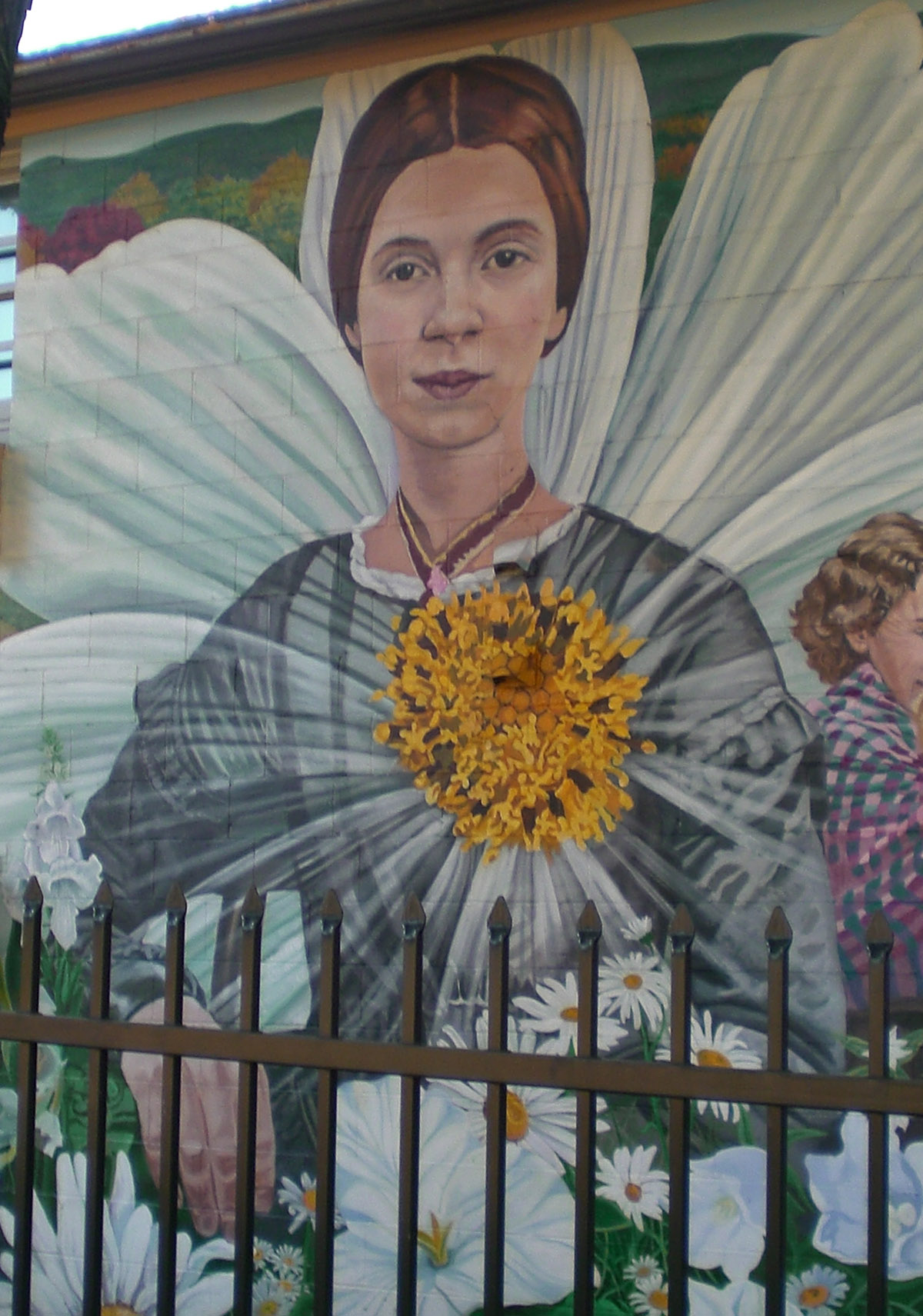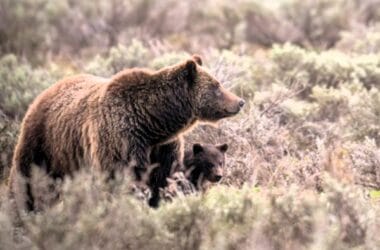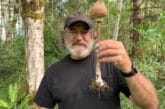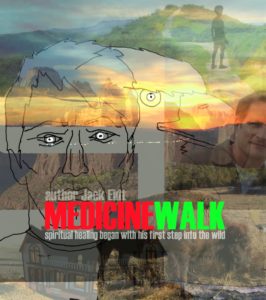A visionary eco-city in the Arizona desert, Arcosanti is an urban laboratory created by Paolo Soleri. Based on the concept of Arcology, or ecological architecture, it presents a compact, sustainable, energy-efficient urban form that confronts environmental destruction, economic collapse, and social dislocation.
Recent Posts
BioMilano: Italian Eco-Vision Grows 26-Storey Vertical Forest
Bosco Verticale or Vertical Forest, the first phase of BioMilano, a re-envisioning of Milan, Italy, with an eye toward ecological urbanism, integrating tree and skyscraper, city and wild.
Overcoming Cultural Colonialism: Journey to Understand “Ikland”
Ikland recounts a quest to re-connect with the Ik people. For producer Cevin Soling, they represented the last outpost of imagination in a world devoid of myth. Soling and his crew risked their lives by traveling through war-ravaged northern Uganda to reach them. Their experience was alien and surreal in ways only Jonathan Swift might have imagined…
Papua New Guinea: Rainforest World of Sustainable River Guardians
The Sacred Land Film Project captured a revival of a canoe ceremony with feasting, dancing and carving, honoring their sacred Ramu River. The region is part of the third largest intact rainforest ecosystem left on earth, where sustainable agriculture and forestry practices have allowed societies to thrive for thousands of years, now threatened by multinational logging interests and corrupt governmental entities.
George Wuerthner: Habitat Conservation, Not Hunting, Saves Grizzly Bears
Wildlife Agencies advocate hunting helps grizzly recovery. The best available science, however, suggests predators including bears, wolves, mountain lion and coyotes have intricate social interactions that are disrupted or damaged by indiscriminate killing from hunters and trappers. Habitat protection is the main way to protect the fledgling population of grizzly bears as well as avoid human-bear conflicts.
E.T.A. Hoffmann: The Soul’s Adventure on New Year’s Eve
E.T.A. Hoffmann’s Literary Gothic: Every New Year’s Eve the Devil keeps a special treat for me. He knows just the right moment to jam his claw into my heart, keeping up a fine mockery while he licks the blood that wells out.
Emily Dickinson: A Mystic of Stillness Who Mocked Heaven
Emily Dickinson was a great poet whose life has remained a mystery. The time has come to dispel the myth of a quaint and helpless creature, disappointed in love, who gave up on life. Unafraid of her own passions and talent, she embraced the world around her, yet faced a debilitating illness and family intrigue.

